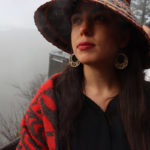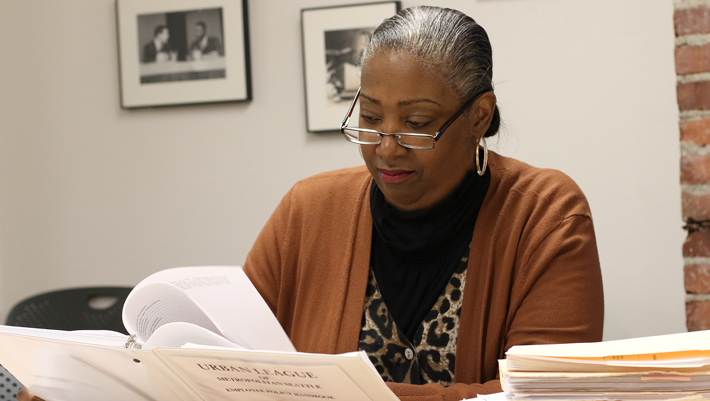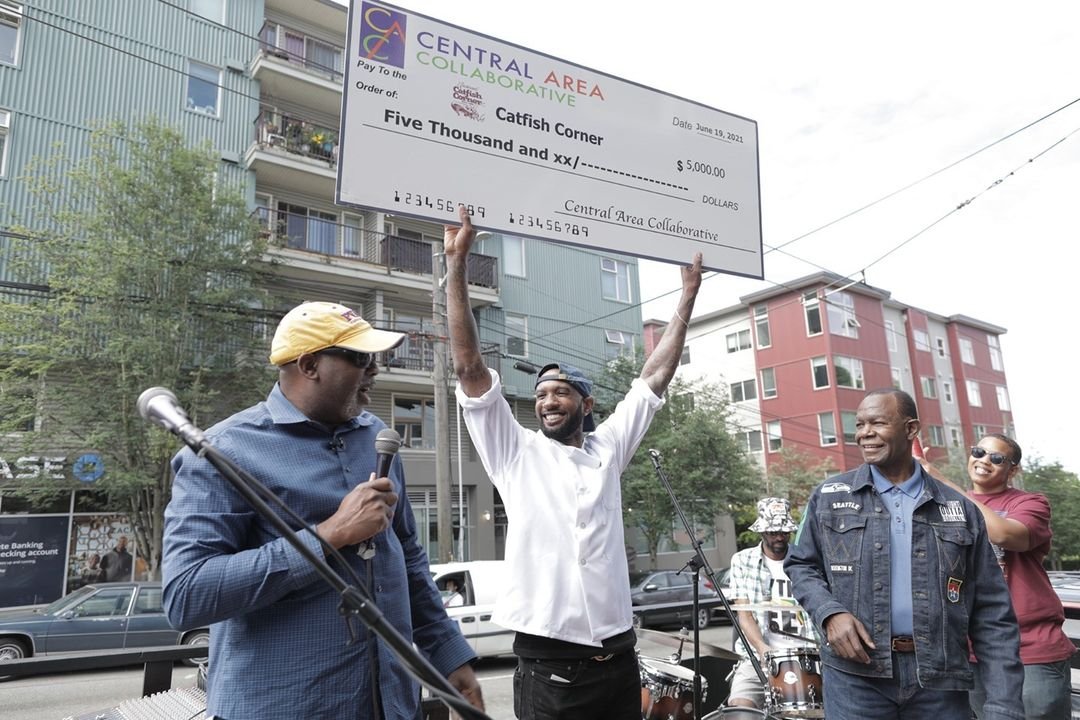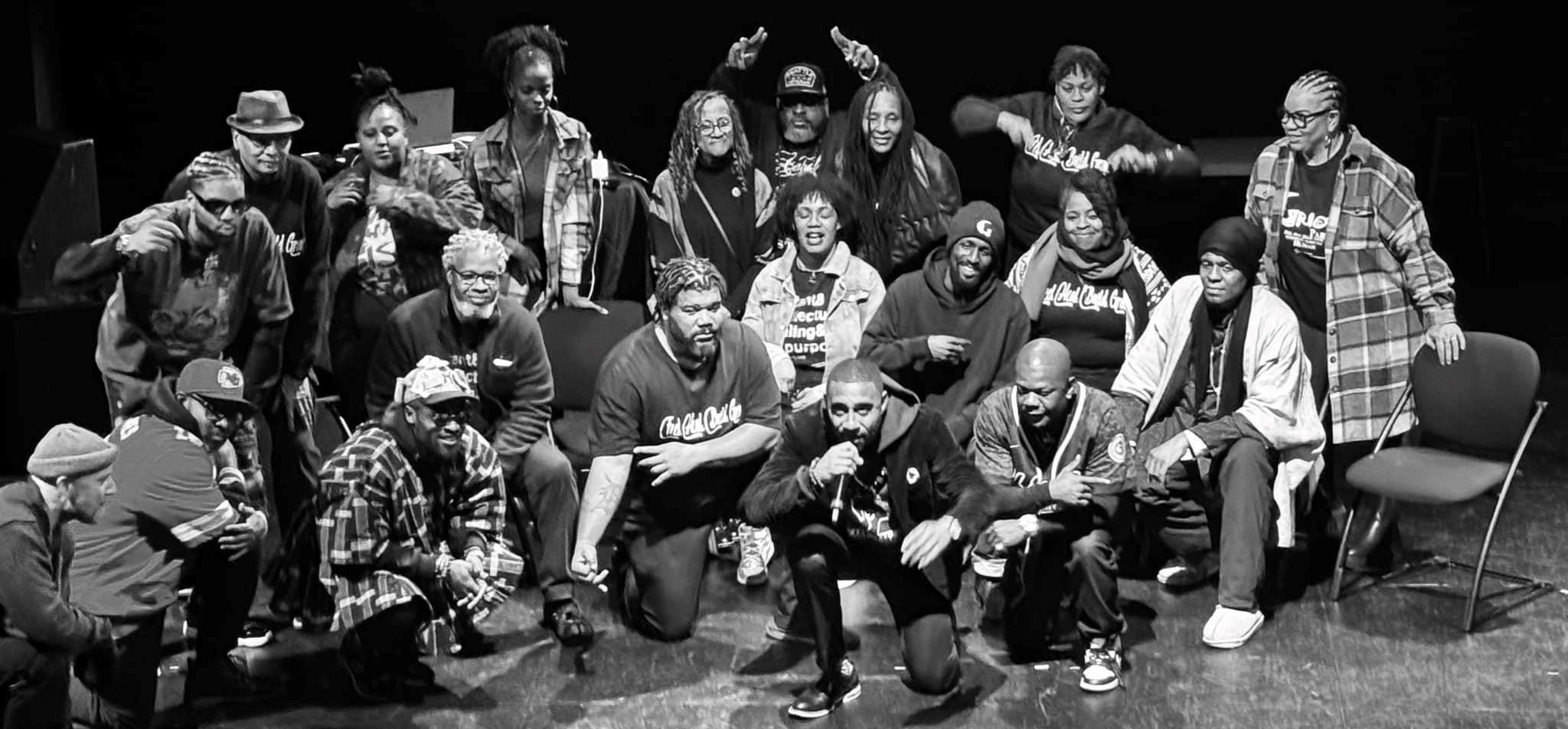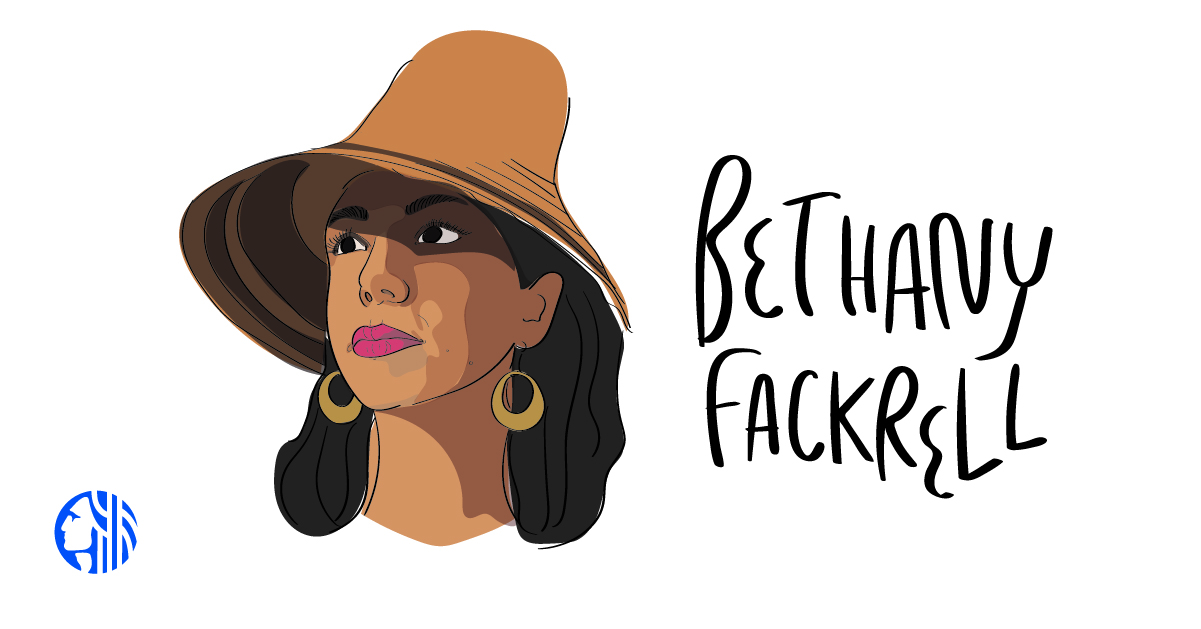
In celebration of Native American Heritage Month, we are hosting a series of profiles and stories to amplify and honor people, businesses, organizations, stories, and projects connected to Seattle’s Indigenous community.
A Journey of Re-recognition and Community Identity
by Bethany Fackrell
As a young child, it was really hard for me to find where my Indigenous identity fit within our Snoqualmie community. Looking back on my first memories, it seemed as if many of us were in survival mode and constantly on the move. I believe this had everything to do with the fact that I grew up in a tribe who lost their recognition, and who had no reservation land (although we were signatories of the Point Elliot Treaty of 1855). Like many tribes, what was once promised to us never transpired into much of anything. Even today we still fight for the right to fish and hunt on our lands. To me, this made me feel I’d lost connection to our people, traditions, and lands more often than not.
My eyes have seen some of these direct effects. I grew up witnessing family turned against family. Blood records were changed, members were banished, and even some people filled their pockets quicker than they would get up to get their elder a plate of food. However, despite all the ripple effects of the events surrounding us, we came together as a whole and made mountains move. I am profoundly proud of all the work we have done as a people, and proud to be a Snoqualmie tribal member. As I was told by my grandmother “it don’t matter so long as we have each other” which helped keep my teachings in the front of my head that “we are one”.
Many things influenced my journey to find my identity, much of which came from being there for the progression of the Snoqualmie Tribe after our re-recognition. In the mid-90s, when I was about the age of 5, my grandmother and mother would bring me to meetings and gatherings where we would always potluck and serve our Elders. Us kids sometimes would get kicked out when heavier conversations and topics came up, although I never really minded because I got to play with cousins. I remember that, throughout the years, our meeting buildings changed locations. My earliest memory is at a trailer in Carnation, where we regained our federal recognition in 1997 and affirmed it in 1999. Then we moved to a Longhouse. Following that was our first building in Fall City, and later (in the early 2000s) a building in downtown Snoqualmie. Now it’s in North Bend, as its own property. These milestones of progression help remind me that, no matter the circumstances, with our determination and dedication we can persevere.
I remember in these same years of progress we would gather from time to time for celebrations and ceremonies. We would come together and make traditional items or have gifts for our “giveaways” and, of course, the best part was the homemade food. My grandmother would make this salmon head and roe (salmon eggs) soup that people claimed to be delicious, but I couldn’t ever bring myself to taste it as a kid. Seeing the heads (mainly eyeballs) and eggs float at the top of her boiling pot just didn’t sit right with me or my stomach. One of my favorite memories as a girl was when my uncle brought me to barrel salmon on the shore of Lake Washington, after the men had netted them from night until first light. Little did I know then, this was during the time the fishing wars were happening. This was also my first and only memory of having a powwow of our own with all the fish we had just caught. It was definitely a great time! Most of the gatherings I can remember were at the Snoqualmie Falls and along the river, which is one of our most sacred sites.
Skipping forward, the past five years of my life, after my military career in the Navy, were when I really started to find my Indigenous identity. All I knew when I was transitioning back into the civilian world is that I wanted to serve my people and earn my place among them honorably. I started by working as an Executive Assistant for the Gaming Commission at the casino and quickly grew to admire our department’s team. I also joined the tribal color guard and started to go to more cultural events. I found that since getting back in touch with my childhood roots, I started to regain my love for art (a skill I have had since childhood). I started out painting on deerskin drums that I would gift for special occasions or people.
As the years went on, my connection to culture and our tribe reached depths I never thought it would. I’ve experienced canoe journeys, the kokanee salmon, harvesting, medicinal practices, weaving, drumming, and language revitalization. Now in my early thirties, all these events, teaching, and experiences have shaped me and transformed the art I make into what it is today. Through these many years of events, experiences, and teachings I have found my Indigenous identity as a Tribal Artist.
